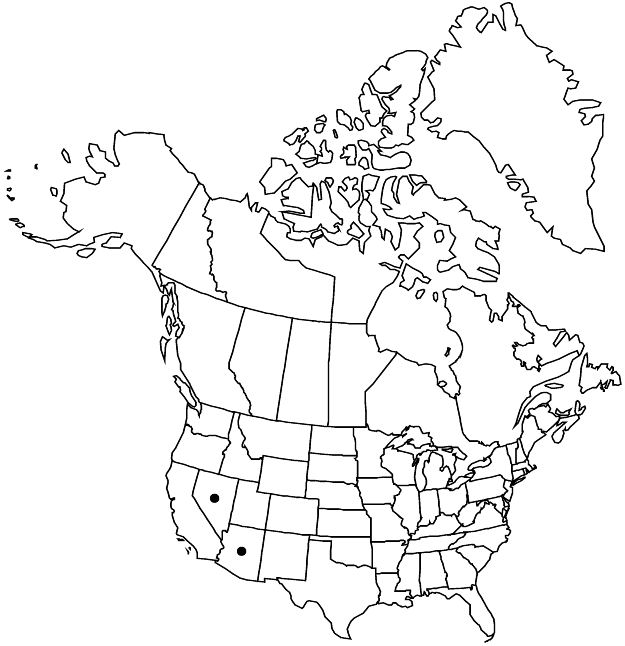Amelanchier nitens
Proc. Biol. Soc. Wash. 36: 182. 1923.
Shrubs, 2–6 m. Stems 20–150, in colonies. Leaves fully unfolded; petiole (2.5–) 3.4–6 (–8) mm; blade ovate to obovate, (6–) 16–24 (–31) × (7–) 11–16 (–19) mm, base cuneate to rounded, each margin with 0–3 (–6) teeth on proximal 1/2 and (0–) 2–6 (–9) teeth in distalmost cm, largest teeth less than 1 mm, apex acute to rounded, abaxial surface sparsely to moderately hairy (or glabrous) by flowering, surfaces moderately to densely hairy (or glabrous) later. Inflorescences (3 or) 4–7 (–12) -flowered, (8–) 10–18 (–27) mm. Pedicels: (0 or) 1 or 2 (or 3) subtended by a leaf, proximalmost (4–) 6–12 (–19) mm. Flowers: sepals spreading to recurved after flowering, (1.3–) 2.2–3.3 (–4.3) mm; petals linear to oblanceolate, (5.2–) 6.7–9.1 (–12.2) × (1.7–) 2.4–3.5 (–4.6) mm; stamens (7–) 12–19 (–21); styles 2–4 (or 5), (1.8–) 2.3–3.4 (–4.7) mm; ovary apex glabrous or sparsely to moderately (densely) hairy. Pomes pinkish purple, 8–14 mm diam. 2n = 2x.
Phenology: Flowering Apr–Jun; fruiting Jun–Jul.
Habitat: Dry rocky slopes, canyons, stream banks, mountainsides, foothills, high deserts
Elevation: 1500–2400 m
Discussion
Amelanchier nitens is rarely found outside of pinyon pine-juniper community types; it often grows adjacent to seasonal streams and washes. The species is distinguished by its lustrous and coriaceous leaves (particularly in lower elevation populations), moderately hairy twigs, usually salmon-colored bark on older branches and trunks, relatively short inflorescences, and (typically) three styles. Petioles on many live specimens are a bright, lustrous red, a character state that is less noticeable on herbarium specimens. Stems are usually highly contorted, with relatively short internodes, abundant short shoots, and, often, divaricately branching ultimate branches. Seeds of A. nitens are much larger than congenerics (a sample of 25 averaged 7.3 times heavier than 25 seeds from an average eastern North American Amelanchier).
The authors have observed incomplete herbarium specimens conforming to Amelanchier nitens (1923) morphology from Colorado, New Mexico, and Utah, including the type specimen of A. rubescens Greene (1900), which may prove to be the correct name for this species.
Selected References
None.
